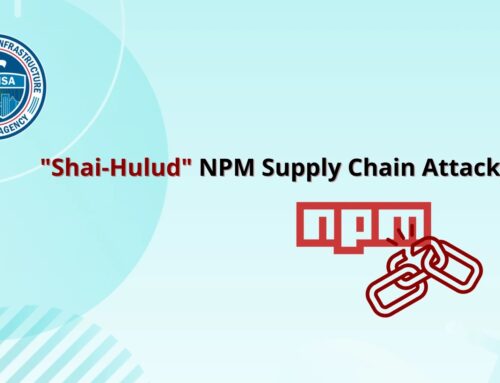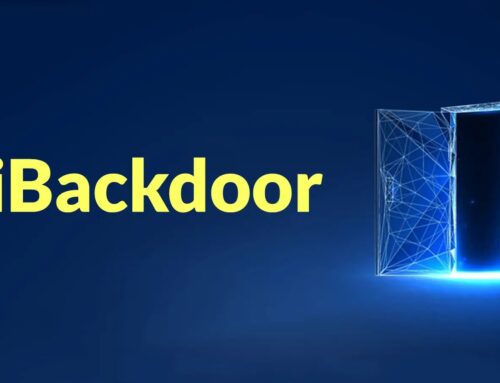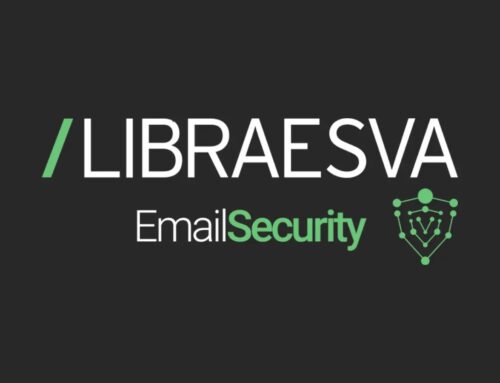
SolarWinds Web Help Desk Vulnerability Enables Unauthenticated RCE
A severe security flaw has been uncovered in SolarWinds Web Help Desk, posing a significant risk to organizations utilizing the software. This critical vulnerability, designated CVE-2025-26399, has been assigned a severity rating of 9.8 out of 10, underscoring its potential for serious impact. The flaw allows an unauthenticated attacker to achieve Remote Code Execution (RCE), which essentially means an attacker could execute arbitrary commands on a vulnerable system without needing legitimate credentials.
For IT professionals and security analysts, understanding the mechanics and implications of such vulnerabilities is paramount. This post delves into the specifics of this SolarWinds Web Help Desk RCE flaw, its potential consequences, and the immediate steps organizations must take to mitigate the risk.
Understanding the Unauthenticated RCE Vulnerability
The core concern with CVE-2025-26399 lies in its “unauthenticated” nature. This means an attacker doesn’t need to possess a valid username and password to exploit the vulnerability. They can directly interact with the vulnerable Web Help Desk instance and initiate the attack. The consequence, Remote Code Execution (RCE), is one of the most critical types of vulnerabilities. It grants an attacker the ability to:
- Install malicious software, including ransomware or other malware.
- Steal sensitive data by accessing files on the server.
- Modify or delete critical system configurations.
- Establish persistent access to the network.
- Use the compromised server as a pivot point to attack other internal systems.
SolarWinds Web Help Desk is a widely used IT support management solution. Its prevalence means that a significant number of organizations could be exposed to this risk if they haven’t applied the necessary patches.
Impact and Potential Consequences for Organizations
The ramifications of an unauthenticated RCE vulnerability in a system like SolarWinds Web Help Desk are extensive. A successful exploit could lead to:
- Data Breaches: Attackers could gain access to confidential customer information, employee data, or intellectual property stored on or accessible through the compromised server.
- Operational Disruptions: Malicious code execution could disrupt essential IT support services, leading to outages and hindering business operations.
- Reputational Damage: A data breach or service disruption due to such a critical vulnerability can severely damage an organization’s reputation and customer trust.
- Financial Losses: Remediation efforts, legal fees, compliance penalties, and lost business can result in significant financial consequences.
- Compliance Violations: Failure to protect sensitive data due to a known, unpatched vulnerability can lead to non-compliance with regulations like GDPR, HIPAA, or PCI DSS.
Remediation Actions and Best Practices
Given the critical severity of CVE-2025-26399, immediate action is required from all organizations utilizing SolarWinds Web Help Desk. SolarWinds has released an urgent security advisory, implying that patches are available.
- Apply Patches Immediately: Monitor SolarWinds’ official security advisories and promptly apply the recommended patches or updates for Web Help Desk. This is the most crucial step to eliminate the vulnerability.
- Isolate Vulnerable Systems: If immediate patching is not feasible, consider temporarily isolating Web Help Desk instances from the internet or highly sensitive internal networks to reduce exposure.
- Review Network Segmentation: Ensure strong network segmentation is in place to limit the lateral movement of an attacker should a compromise occur on any system.
- Implement Intrusion Detection/Prevention Systems (IDS/IPS): Configure IDS/IPS to monitor for unusual activity originating from or targeting Web Help Desk servers, including attempts at code execution.
- Regular Backups: Maintain regular, secure backups of your Web Help Desk data and configurations to facilitate recovery in the event of a successful attack.
- Security Audits and Scans: Conduct regular security audits and penetration testing on your public-facing applications, including support systems, to proactively identify and address vulnerabilities.
- Employee Training: Reinforce security awareness training among IT staff, emphasizing the importance of timely patching and vigilance against potential threats.
Tools for Detection and Mitigation
While direct patching is the primary mitigation, various tools can aid in detecting potential exploitation attempts or identifying unpatched systems.
| Tool Name | Purpose | Link |
|---|---|---|
| Nessus | Vulnerability scanning and identification | https://www.tenable.com/products/nessus |
| OpenVAS | Open-source vulnerability scanner | https://www.openvas.org/ |
| Snort / Suricata | Network intrusion detection/prevention | https://www.snort.org/ / https://suricata-ids.org/ |
| Endpoint Detection and Response (EDR) Solutions | Detects and responds to suspicious activity on endpoints | (Provider dependent, e.g., CrowdStrike, SentinelOne) |
| Wireshark | Network protocol analysis for forensic investigation | https://www.wireshark.org/ |
Key Takeaways for Cybersecurity Professionals
The discovery of CVE-2025-26399 in SolarWinds Web Help Desk is a stark reminder of the persistent threats facing IT infrastructure. An unauthenticated RCE vulnerability with a 9.8 CVSS score demands immediate and decisive action. Organizations must prioritize the application of vendor-provided patches, enhance their monitoring capabilities, and reinforce their overall cybersecurity posture. Proactive vulnerability management and a strong incident response plan are essential defenses against such critical threats.





